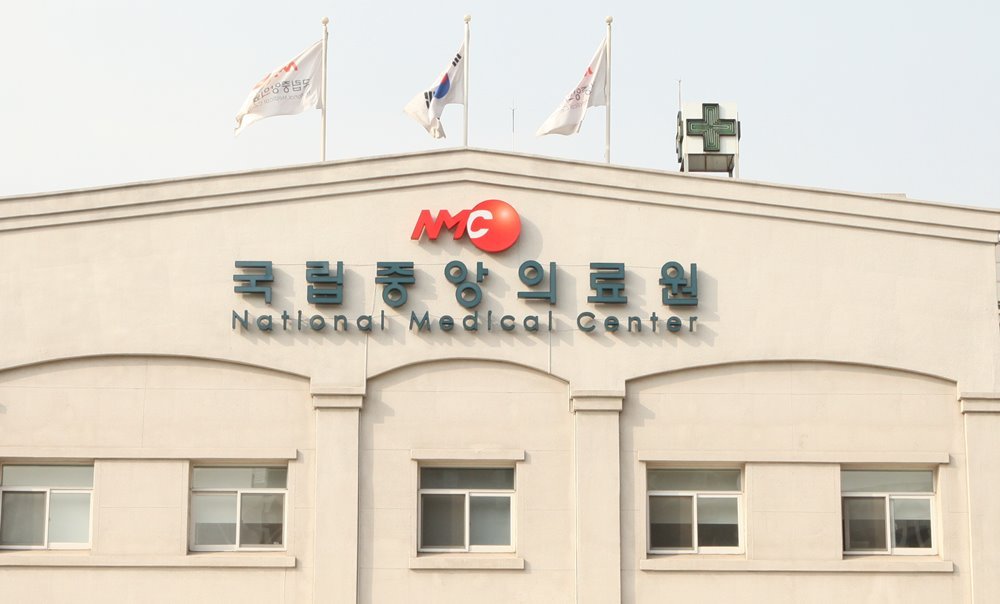S. Korea braces for hospital bed crisis in Seoul
To improve bed turnover, National Medical Center suggests home care for patients with mild symptoms
By Kim ArinPublished : Aug. 25, 2020 - 18:37

Public health authorities said Tuesday that flexibility in bed allocation was key to preventing potential shortages, as beds fill up at Seoul hospitals.
The plan on organizing the health care system capacity came as novel coronavirus cases climb again in the country, with the South Korean capital at the center of the renewed spread.
At a press conference, the National Medical Center’s clinical committee for emerging infectious diseases said a significant increase in the number of critically ill patients with COVID-19 was expected in the coming week.
“Surges in the number of patients requiring critical care can occur rapidly. To best use our limited resources, expediting the turnover of hospital beds is crucial,” said Ju Young-su, who heads the bed management team within the committee.
The team was set up last week to monitor and coordinate admissions and discharges of COVID-19 patients at hospitals.
According to the Korean Society of Critical Care Medicine’s data, only five critical care beds in Seoul, Incheon and Gyeonggi Province were available as of Tuesday afternoon. The committee said 51 extra beds were set to be added at intensive care units of the region’s hospitals.
The data showed 66 percent or 1,192 out of 1,805 coronavirus beds at hospitals in Seoul and the surrounding cities were occupied as of midnight on Monday. At out-of-hospital treatment centers for patients who present mild to moderate symptoms, 603 beds remained vacant.
Since March, Korea has set up the cohort treatment centers for patients with mild COVID-19 in an attempt to ease bed shortages. More of them will open in and around the capital to meet the anticipated rise in demand, the committee said.
Home care is a possible option for patients who are not seriously ill, according to the committee. The committee said that if patients do not exhibit severe symptoms such as breathing difficulties and reduced consciousness at time of diagnosis, they do not need to be moved to hospitals immediately.
“Only a tiny fraction of adult patients younger than 50 without preexisting medical conditions develop severe symptoms. These minimally sick patients can recover at home without medical care,” Ju said. Instead, bed priorities should be given to patients in the at-risk group.
“To free up space for other patients, we have to limit unnecessary prolonged stays and hospitalizations,” he said.
By Kim Arin (arin@heraldcorp.com)





![[KH Explains] No more 'Michael' at Kakao Games](http://res.heraldm.com/phpwas/restmb_idxmake.php?idx=644&simg=/content/image/2024/04/28/20240428050183_0.jpg&u=20240428180321)













![[Herald Interview] Mistakes turn into blessings in street performance, director says](http://res.heraldm.com/phpwas/restmb_idxmake.php?idx=652&simg=/content/image/2024/04/28/20240428050150_0.jpg&u=20240428174656)
